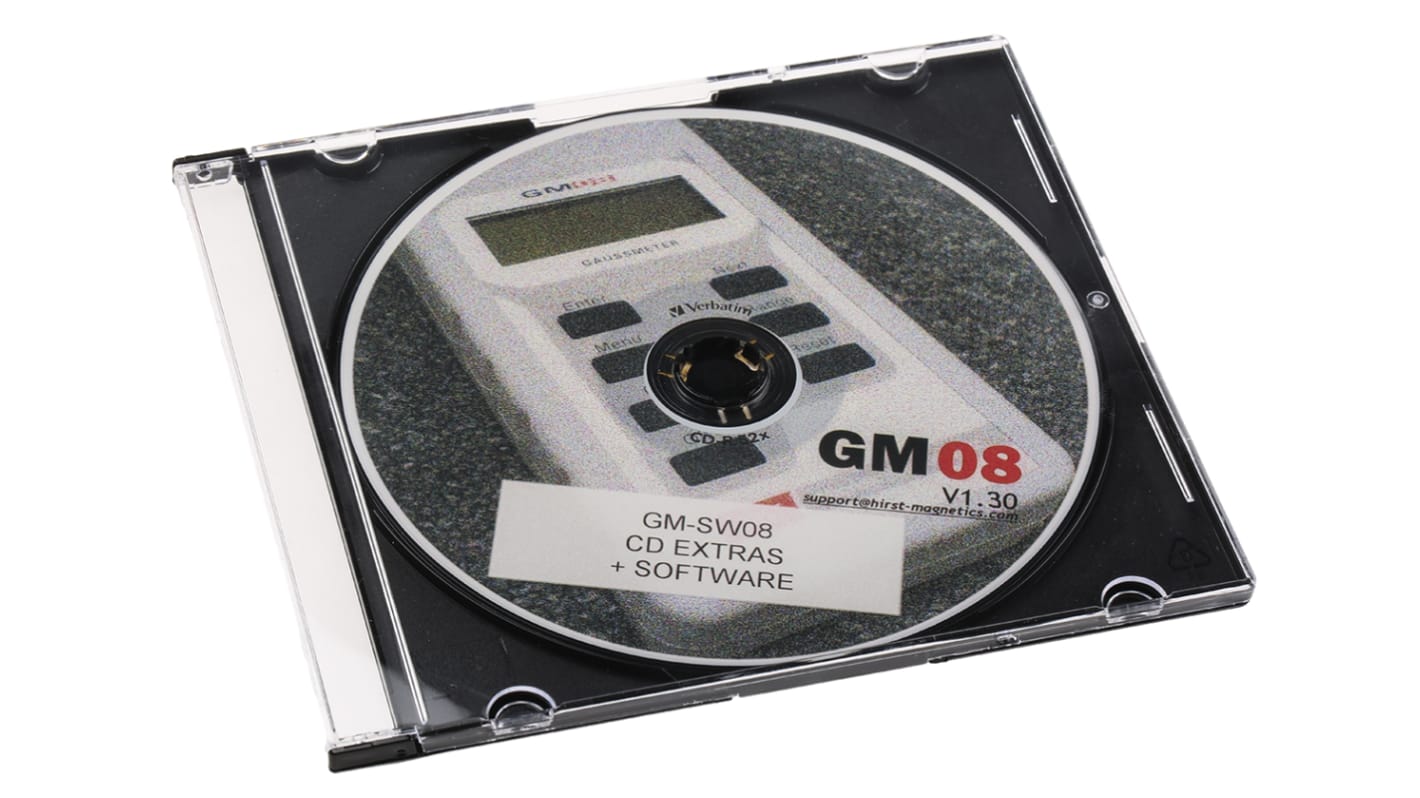Hirst Magnetics Software for Use with GM07 Series, GM08 Series
- RS Stock No.:
- 621-2079
- Mfr. Part No.:
- GM-SW08
- Manufacturer:
- Hirst Magnetics
Subtotal (1 unit)**
MYR578.95
2 In Global stock for delivery in 4-6 working days, delivery time may vary for certain locations or FTZ*
* Delivery dates may change based on your chosen quantity and delivery address.
FREE delivery for orders over MYR500.00
Real time qty checker
Units | Per Unit |
|---|---|
| 1 + | MYR578.95 |
**price indicative
- RS Stock No.:
- 621-2079
- Mfr. Part No.:
- GM-SW08
- Manufacturer:
- Hirst Magnetics
RoHS Status: Exempt
- COO (Country of Origin):
- GB
Related links
- Hirst Magnetics Probe for Use with GM07 Series, GM08 Series
- Hirst Magnetics GM08 Gauss Meter, DC and 15 Hz → 10 kHz
- Hirst Magnetics GM07 Gauss Meter, DC and 15 Hz → 10 kHz
- Fluke Fluke-709/TRACK Tracking Software 709H Series
- Chauvin Arnoux P01101915 Software, For Use With CA6121
- Castle Noise Meter Software for Use with Castle Sonik and Sonus...
- Castle Vibration Meter Software for Use with Castle Vexo H, Vexo S...
- Casella Cel Software for Use with CEL 200 Windows VISTA, Windows XP

